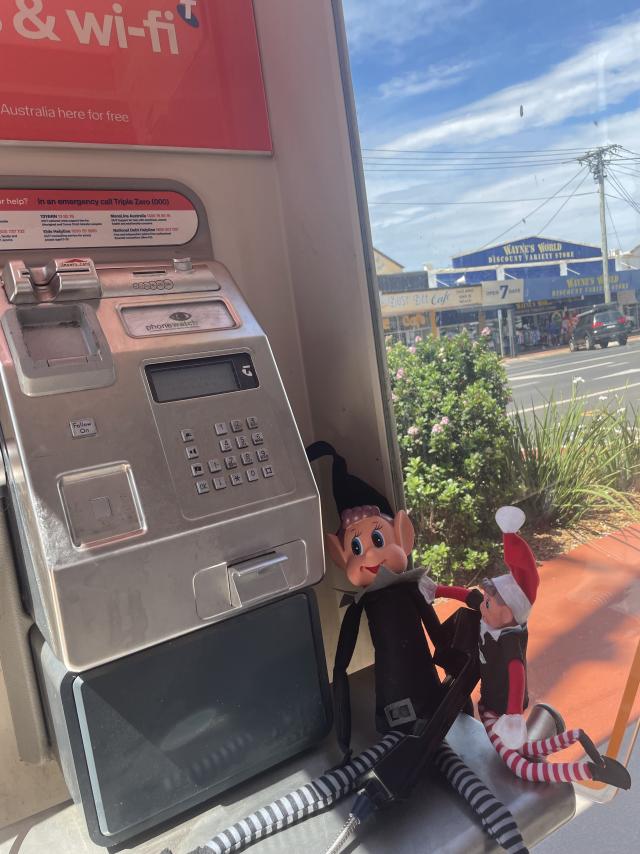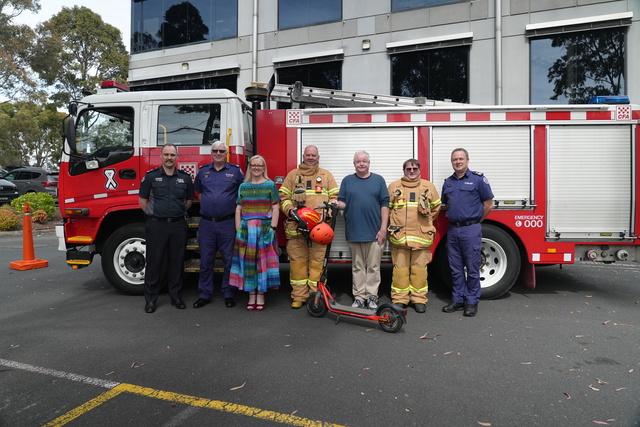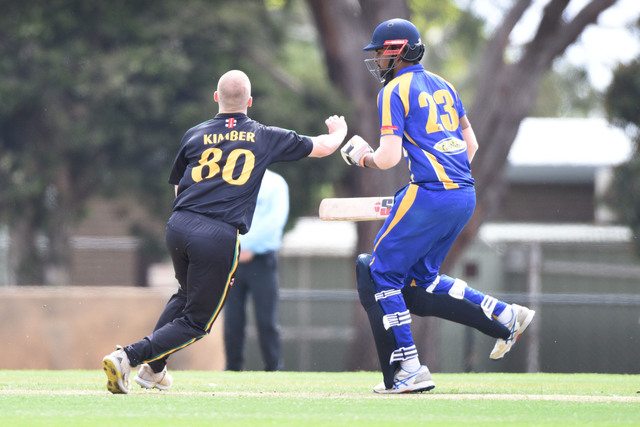By Stuart Teather
RACING Victoria Limited (RVL) has thrown jumps racing another lifeline, with the sport set to continue with various modifications designed to ensure horse safety.
A week and a half after suspending all jumps races, the RVL board announced on Monday it had decided to continue the sport, much to the delight of local trainers.
Cranbourne trainer Chris Hyland described the move as very good.
“It seems to be going on and basically heading in the right direction,” he said.
The RVL has promised a number of changes to the sport, including replacing barrier starts with strand starts, where horses will line up side by side behind a piece of string.
The strand start has been successfully used in English jumps racing and leading Pearcedale jumps trainer Eric Musgrove said it was a good idea.
“Our horses are educated to, right from the word go, bounce out of the barrier and compete. It’ll make the first half of the race a little less tempo-ed,” he said.
But the changes to the sport appear to have overlooked one of the key issues – the size of the jumps.
Four of the five deaths in Victorian jumps racing this year have been over the smaller hurdles.
New, higher hurdles were introduced for the 2009 season after numerous deaths in 2008, but with the majority of falls again coming from the hurdles, the modified jumps appear not to have worked.
Still, Musgrove defended the decision.
“The main problem with our racing is the tempo is too solid, there’s nothing wrong with the fences, we’ve just got to try and work on jockey education and a way to slow the tempo down,” he said.
Opponents of the industry have reacted angrily to the latest news, with RSPCA Victoria president Dr Hugh Wirth slamming the proposed changes.
“They’ve tried all this over 35 years, this is not the first time around and they’ve all failed to make any indentation in the accident, injury and death rates,” he said.
“Regrettably, the only advance that ever occurs in animal welfare is when there’s tragedies.”
Hyland said the decision to resume racing was a huge relief to the local industry.
“Cranbourne is probably the main area for jumps racing; most of the trainers at Cranbourne have got a jumper and there’s a handful with big teams,” Hyland said.
“It’s gone from an uncertain future to a more positive one.”
However Hyland said he would be treading carefully when it came to jumps racing in the future.
“I hope it goes on and I hope it’s great and I’ll always be a supporter of it, but I’ll be very cautious for the next season or so,” he said. “It’s certainly put a lot of pressure on a lot of people, it’s caused me a fair bit of stress over the past couple of years.”
Dr Wirth said that neither side could claim victory from Monday’s decision, but he promised to continue the fight.
“I don’t think the racing fraternity can turn around and say that (Monday’s decision) ensured jumps racing will continue and we of course can’t claim that we had a victory,” he said.
“Every death that occurs now will be featured in the media. There’ll be press releases from animal welfare groups, including the RSPCA, every time one happens. Someone will give in over it.”
RVL removes hurdles to jumps
Digital Editions
-

Make your call to Santa
Purchase this photo from Pic Store: 524730 Did you know Telstra has opened up the line straight to the North Pole, so children can chat…





